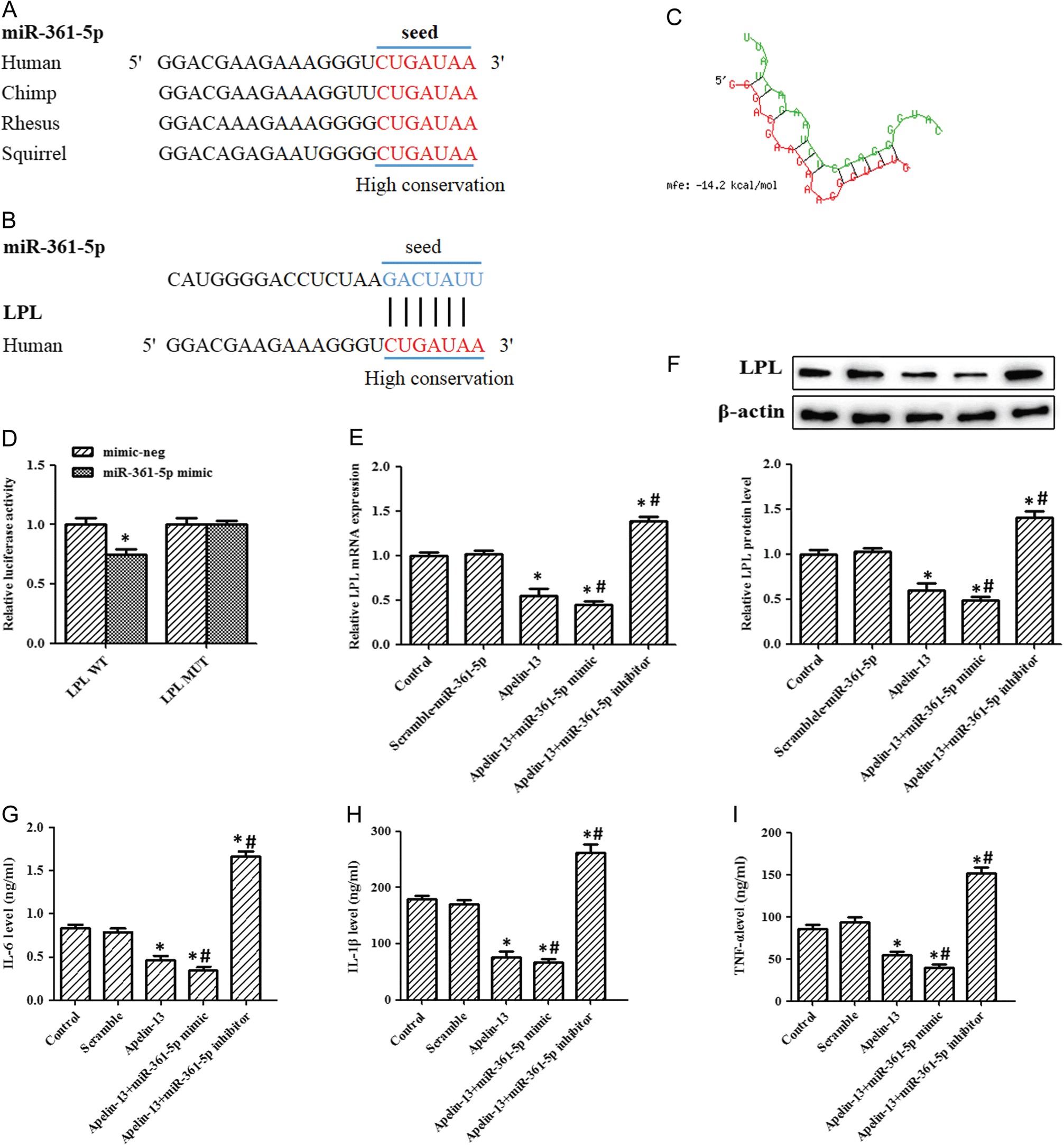博文
ABBS: Apelin-13 inhibits lipoprotein lipase expression
|||
Xin Zhang, Qiong Ye, Duo Gong, Yuan Lv, Haipeng Cheng, Chong Huang, Lingyan Chen, Zhenwang Zhao, Liang Li, Xie Wei, Min Zhang, Xiaodan Xia, Xiaohua Yu, Xilong Zheng, Shuzhi Wang, Zongbao Wang, and Chaoke Tang
Institute of Cardiovascular Research, Key Laboratory for Atherosclerology of Hunan Province, Medical Research Center, Hunan Province Cooperative Innovation Center for Molecular Target New Drug Study, University of South China, Hengyang 421001, China
Acta Biochim Biophys Sin 2017, 49: 530–540; doi: 10.1093/abbs/gmx038
Atherosclerotic lesions are characterized by the accumulation of abundant lipids and chronic inflammation. Previous researches have indicated that macrophage-derived lipoprotein lipase (LPL) promotes atherosclerosis progression by accelerating lipid accumulation and pro-inflammatory cytokine secretion. Although apelin-13 has been regarded as an atheroprotective factor, it remains unclear whether it can regulate the expression of LPL. The aim of this study was to explore the effects of apelin-13 on the expression of LPL and the underlying mechanism in THP-1 macrophage-derived foam cells. Apelin-13 significantly decreased cellular levels of total cholesterol, free cholesterol, and cholesterol ester at the concentrations of 10 and 100 nM. ELISA analysis confirmed that treatment with apelin-13 reduced pro-inflammatory cytokine secretion, such as interleukin-6 (IL-6), interleukin-1β (IL-1β) and tumor necrosis factor-alpha (TNF-α). It was also found that apelin-13 inhibited the expression of LPL as revealed by western blot and real-time PCR analyses. Bioinformatics analyses and dual-luciferase reporter assay indicated that miR-361-5p directly downregulated the expression of LPL by targeting the 3′UTR of LPL. In addition, apelin-13 + miR-361-5p mimic significantly downregulated the expression of LPL in cells. Finally, we demonstrated that apelin-13 downregulated the expression of LPL through activating the activity of PKCα. Taken together, our results showed that apelin-13 downregulated the expression of LPL via activating the APJ/PKCα/miR-361-5p signaling pathway in THP-1 macrophage-derived foam cells, leading to inhibition of lipid accumulation and pro-inflammatory cytokine secretion. Therefore, our studies provide important new insight into the inhibition of lipid accumulation and pro-inflammatory cytokine secretion by apelin-13, and highlight apelin-13 as a promising therapeutic target in atherosclerosis.

Apelin-13 inhibits LPL expression via up-regulating the level of miR-361-5p
阅读原文: http://www.abbs.org.cn/arts.asp?id=4166
获取全文: abbs@sibs.ac.cn
相关论文:
1 Emerging roles of apelin in biology and medicine
2 Modification of the terminal residue of apelin-13 antagonizes its hypotensive action
3 Apelin-13 and apelin-36 exhibit direct cardioprotective activity against ischemiareperfusion injury
4 Apelin is necessary for the maintenance of insulin sensitivity
5 Apelin-13 increases myocardial progenitor cells and improves repair postmyocardial infarction
6 Behavioral, neuroendocrine and thermoregulatory actions of apelin-13
7 Structural Basis for Apelin Control of the Human Apelin Receptor

https://blog.sciencenet.cn/blog-592748-1159680.html
上一篇:ABBS: miR-153 helps gemcitabine treat pancreatic cancer
下一篇:ABBS: CXCL16 deficiency attenuates liver failure